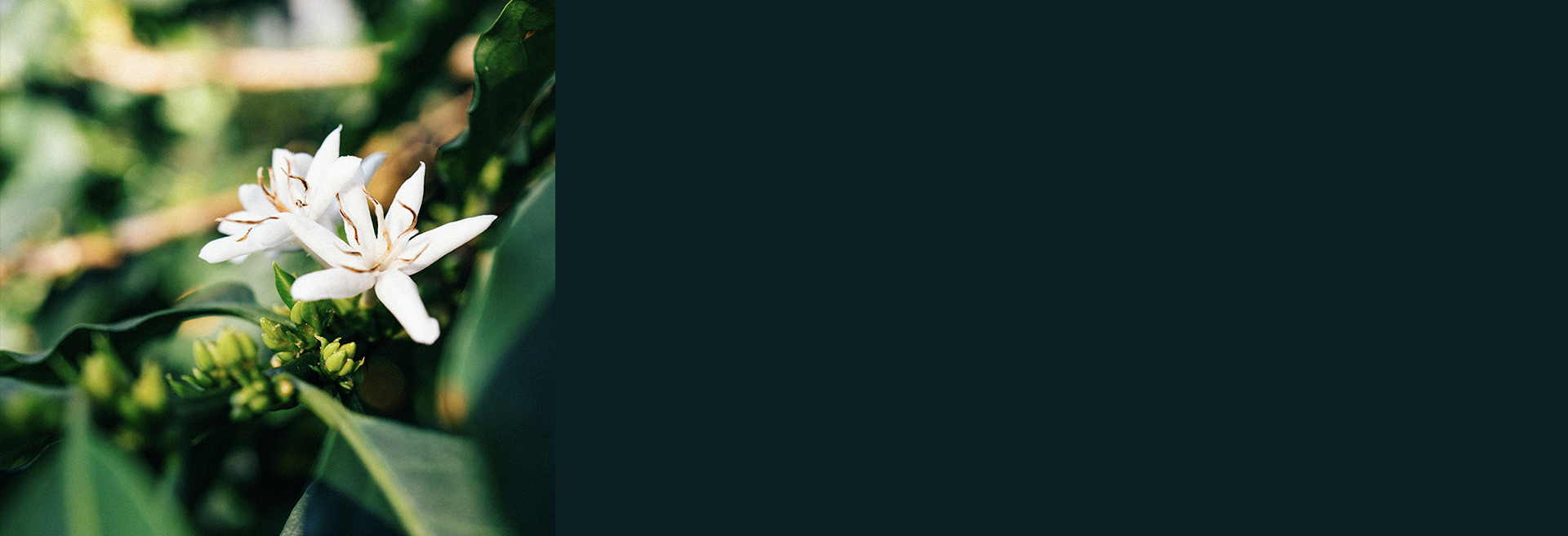Brazil
Manga Larga Series - Brazil
250g
QUALITY SCORE: 85.50
Cup Notes
Hazelnut / Dried Plum / Cacao Nibs
Suggested for espresso and filter
when we roast
We freshly roast to order all coffees on Monday, Wednesday and Friday (excluding national holidays), and ship the same day! Cut-off time is 11:59pm (UTC+1) of the day before the roast day. *We only ship whole beans*
Details
- Quality Score
- 85.50
- Producer
- Rancho Grande Farm
- Country
- Brazil
- Terroir
- Sul Del Minas
- Altitude
- 970 mt
- Process
- Anaerobic natural
- Arabica cultivar
- Yellow Bourbon
- Picked in
- July 2019
- Arrived in
- February 2020
- Shipped in
- Jute + GrainPro
- Roast profile by
- Rubens Gardelli
- Roasted on
- Customised solid-drum roaster
THE STORY BEHIND
Coffee production began on the Rancho Grande Farm in 1933, when Mr. Aneite Reis inherited 5 hectares of crops. Today, the farm is run by José Carlos Reis and his son Flávio (Fafa) Reis, Mr. Aneite's son and grandson respectively. The farm also has many cows for dairy and meat production for diversification. The mission of the farm is to responsibly produce coffee of the highest possible quality, while protecting the environment and caring for the well-being of its employees. Several employees live in the farm houses and are provided with subsidised electricity for those houses, and food. The management is open to change and trying new techniques. For instance, several static drying boxes have been acquired to help improve the quality and profile of the coffee produced. José Carlos and Flávio have been working hard on improving the quality of their coffees for the specialty market and boosting all aspects of the production of these lots, from cultivating to picking to post-harvest treatment.
During the 2019 harvest some exciting processing experiments started on the farm, testing the boundaries of what is possible for the coffees from this farm. Initially there had been some very good results from using the new static boxes to help slow fermentation and drying to create the unorthodox profiles. By building on this initial work and adding another layer of pre-anaerobic fermentation before drying in the static boxes, some coffees with outstanding cup quality were produced. This range of coffees is named after a breed of horse, that the region is famous for, - Manga Larga. The breed is known for its high quality and special attributes; it is also part of the story at Rancho Grande. This Yellow Bourbon Lot was mechanically picked and the Boia, slightly overripe, cherries were separated by mechanical sorters on the basis of the quality and density of the coffee.
THE VARIETY
The Bourbon varietal is a well-known cultivar of Coffea arabica that originated on Île Bourbon – an Island east of Madagascar. It is believed that the Yellow varietal is a cross between Bourbon and Yellow Typica. Yellow Bourbon is primarily found in Brazil.
THE FERMENTATION PROCESS
Dry process seems simple: pick the fruit, lay it out in the sun until it turns from red to brown to near-black, and then hull off the thick, dried outer layer in one step to reveal the green bean. It is a method suited to arid regions, where the sun and heat can dry the seed inside the intact fruit skin.
It's often referred to as "natural coffee" because of its simplicity, and because the fruit remains intact and undisturbed, a bit like drying grapes into raisins. Since it requires minimal investment, the dry process method is a default to create cheap commodity-grade coffee in areas that have the right climate capable of drying the fruit and seed.
But it’s a fail in humid or wet regions. If the drying isn't progressing fast enough, the fruit degrades, rots or gets covered with mould.
Dry-processed coffees can also be wildly inconsistent. If you want a cleanly-fruited, sweet, intense cup, dry process (DP) takes more hand labor than the wet process. Even the most careful pickers will take green unripe or semi-ripe coffee off the branch as they pick red, ripe cherry. If these are not removed in the first days of drying, the green turns to brown that is hard to distinguish from the ripe fruit.
As producers give increasing consideration to the effect of fermentation on the quality and profile of their coffee, they are adopting different and interesting techniques to their repertoires in order to diversify their offering. This Yellow Bourbon Lot was mechanically picked and the Boia, slightly overripe, cherries were separated by mechanical sorters on the basis of the quality and density of the coffee. The coffee was then placed in plastic barrels and sealed for 24 hours. After this step, the coffee was put into the static drying boxes. These are 1 m deep boxes with capacity for 15000 litres of cherry which equates to 25-30 bags of green coffee. The boxes have a vented grill at the bottom to allow for air circulation from below up through the drying coffee. Initially cold air will be blown for 12 hours to help slow the fermentation process and then gradually the air temperature will be increased to allow drying for between 7 and 10 days.
There are two thermometers at different depths to ensure a safe temperature, which must always be below 40ºC. The boxes are referred to as static, because coffee remains still in the boxes and is not turned or rotated during the drying. This lot took a total of 12 days to dry in the static box. After it is dried, the coffee is left to rest for approximately 1- 2 weeks before being milled. This method has allowed the production of more fruity and bright profiles, compared with the profile often associated with Brazilian natural coffee.



